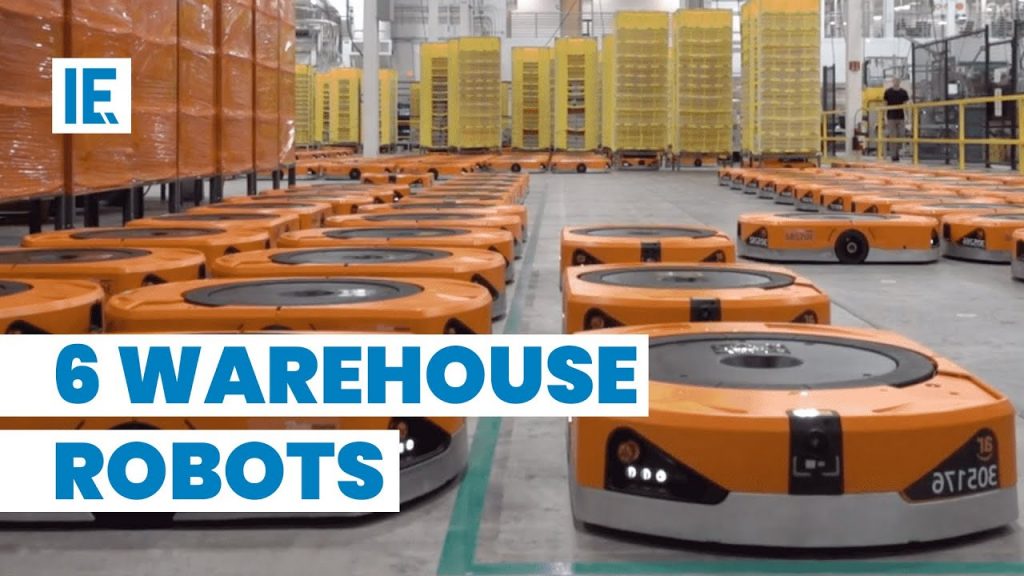The Future of Industrial Robots in Warehouses
The future of warehouses is set to be fully automated, with industrial robots taking center stage. These robots are reshaping the industry and revolutionizing the way warehouses operate. In this article, we will delve into the future of industrial robots and explore six warehouse robots that are transforming the landscape.
The rise of automation in warehouses is driven by the need for increased efficiency and productivity. With the advancements in technology, robots are now capable of performing tasks that were once only possible for humans. From picking and packing to inventory management, these robots are streamlining warehouse operations and reducing human effort.
One of the key benefits of using industrial robots in warehouses is their ability to work around the clock. Unlike human workers, robots do not require breaks or rest periods, leading to uninterrupted and continuous operations. This ensures that warehouses can meet the growing demands of customers in a timely manner.
Moreover, these robots are equipped with advanced sensors and cameras, allowing them to navigate through the warehouse environment with ease. They can avoid obstacles and adjust their movements accordingly, ensuring the safety of both the robots and the human workers.
Let's now take a closer look at six warehouse robots that are making a significant impact in the industry:
1. Automated Guided Vehicles (AGVs): These robots are designed to transport goods within the warehouse. They follow pre-determined paths and can navigate through narrow aisles, optimizing space utilization.
2. Autonomous Mobile Robots (AMRs): These robots are capable of independently moving throughout the warehouse, picking up and delivering items. They can adapt to changes in the environment and collaborate with humans efficiently.
3. Robotic Arms: These versatile robots are equipped with multiple joints and can perform a wide range of tasks, such as picking, packing, and sorting. They are highly adaptable and can be programmed to handle various objects.
4. Automated Storage and Retrieval Systems (AS/RS): These systems use robots to store and retrieve items from high-density racking systems. They maximize storage capacity and improve warehouse organization.
5. Goods-to-Person Robots: These robots bring items to human workers, eliminating the need for workers to search for products. This greatly reduces picking time and increases overall efficiency.
6. Collaborative Robots (Cobots): These robots work alongside human workers, assisting them in tasks that require strength and precision. They enhance productivity and contribute to a safer working environment.
The future of industrial robots in warehouses is undoubtedly bright. As technology continues to evolve, we can expect even more advanced robots that can perform intricate tasks and adapt to changing demands. These robots will further optimize warehouse operations, leading to improved efficiency and customer satisfaction.
In conclusion, the future of industrial robots in warehouses is promising. With their ability to work tirelessly and navigate complex environments, these robots are reshaping the industry. By embracing automation, warehouses can enhance their operations and meet the growing demands of the market.
Check the coil packing solution with a leading manufacturer for the professional solution just here. Industrial Robot
"Revolutionizing the Warehousing Industry: The Game-Changing Future of Industrial Robots"






